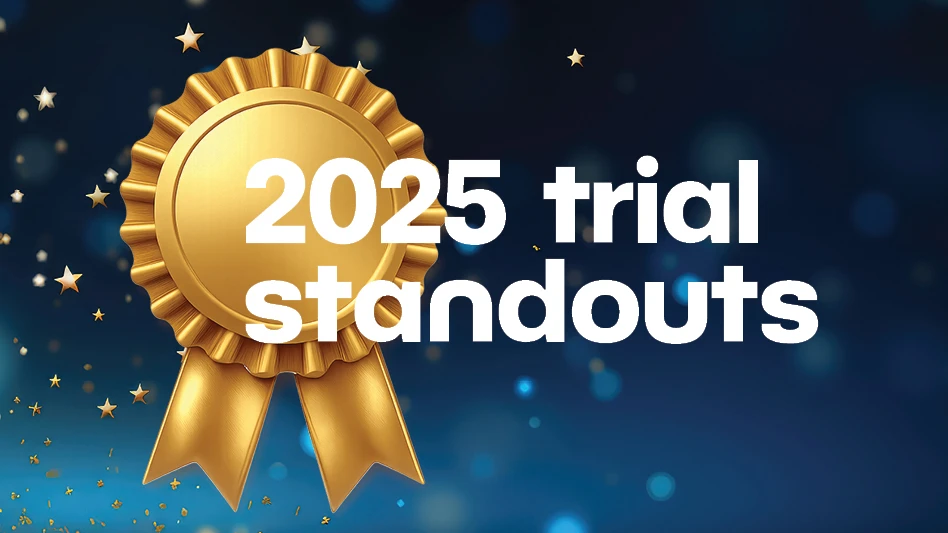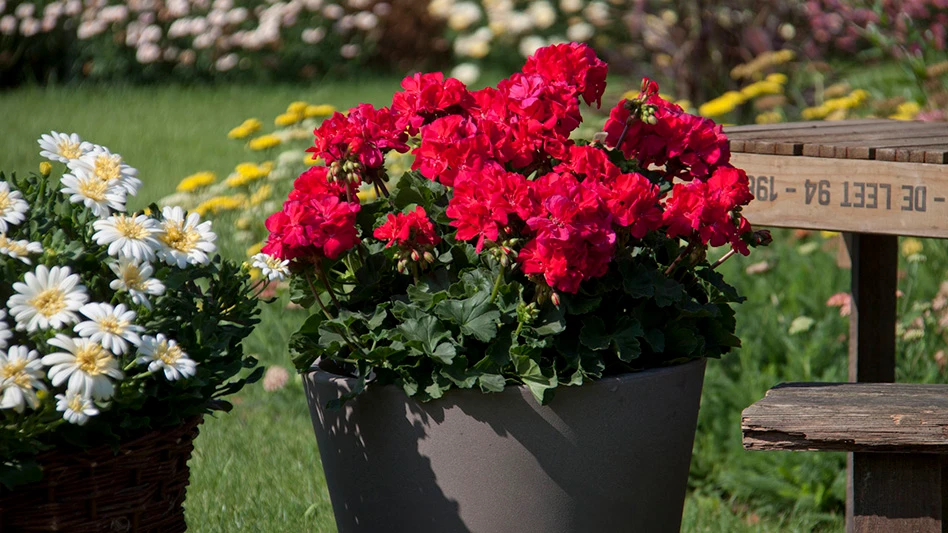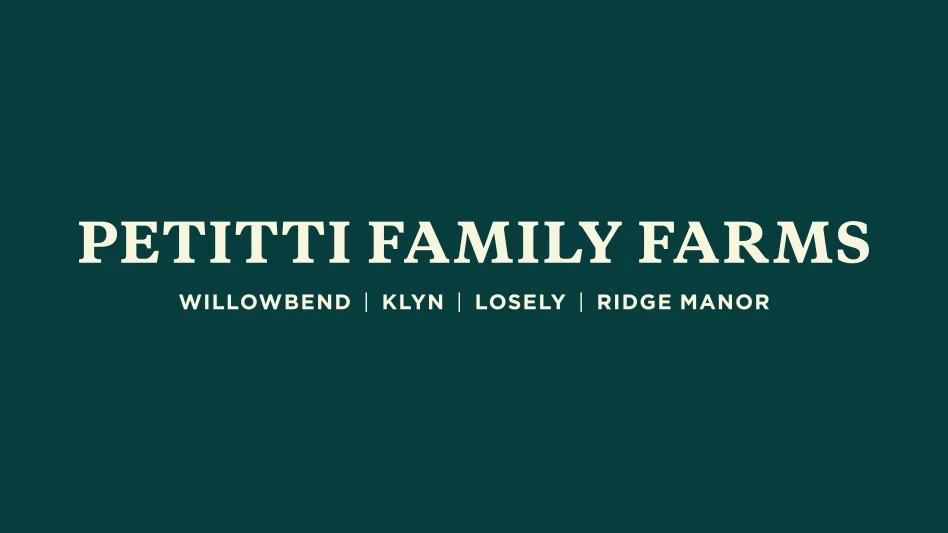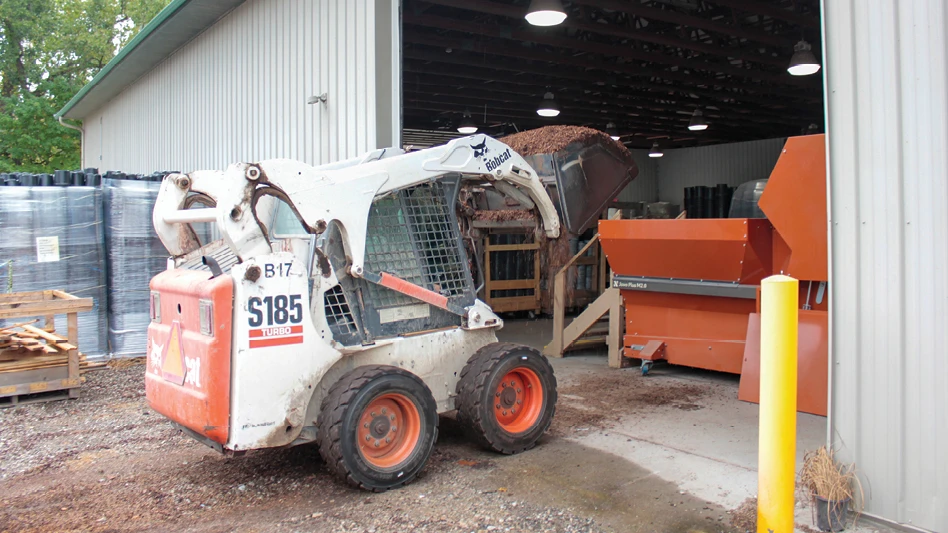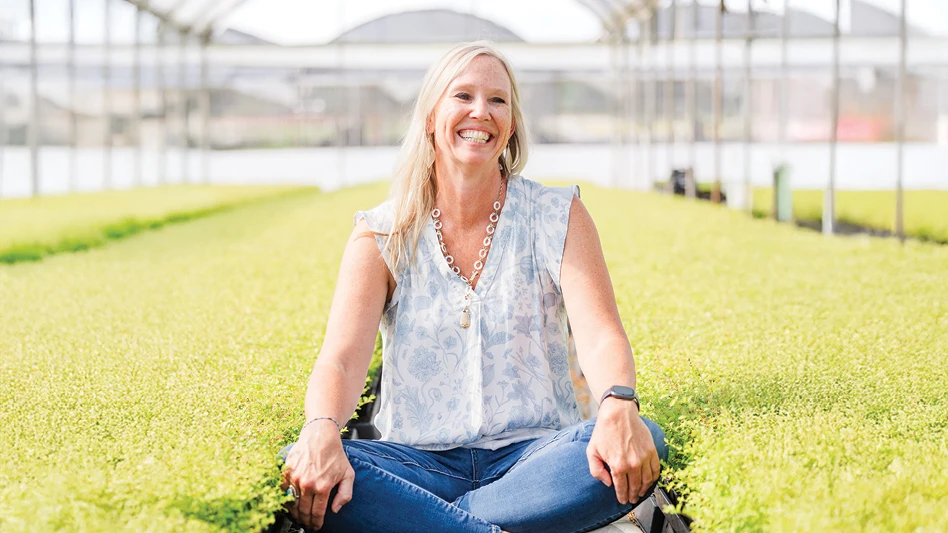

Remember 20 years ago when all IGCs scrambled to create and maintain a website? Five years later, we were told that we needed to have a blog, and then just as we started to wrap our minds around that came a video presence on YouTube and then social networking. Most recently, we’ve heard about the importance of newsletters and text campaigns. Even if your IGC has a full-time digital content specialist, it’s hard to keep up or know where to focus your efforts.
With so many demands on your attention, it’s understandable that blogging has either dropped to the bottom of the company to-do list or been forgotten altogether. Yet there are compelling reasons to continue with a regular blog post, or reboot those efforts if blogging has disappeared into the social media dust.
Building on your own land Although anyone in business needs a presence on Facebook, Instagram or other social platforms, it’s important to remember that everything posted there remains under the ultimate control of the owners of those companies.
You may remember that a short time back, people suddenly found that Facebook wasn’t showing their company pages to the same large audiences as in the past. Facebook had changed its algorithms so that unless a page owner was periodically paying to promote their posts, their content wouldn’t be as widely distributed. This was good for their business model, but the IGCs that once had a large audience for their page posts were suddenly not being seen. Blog posts, placed on your own website, are on your own platform, and not subject to the whims of a social media company.
Lost in the stream
Putting posts on Instagram, Facebook and in an emailed newsletter are like tossing leaves into a flowing stream: they are visible for a short time, but soon carried out of sight and into history. Social media posts and newsletters get lost in the ever-rushing river of data.
You may hear people say, “I know you wrote something about XYZ plant in your newsletter a while back, but I can’t find it.” Even worse, many don’t even ask; people give up after searching for a bit, and just go on to other things or different sources. If you have a search function on your website, blog posts can be easily found, even if they were written several years ago.
Evergreen content
Since your blog posts can be found for months to come, this is the place to put information that will serve your customers into the future. Social media posts and newsletters are wonderful for featuring current stock, telling stories about employees or the store, and promoting sales, but those images and information quickly become yesterday’s news. Blog posts, on the other hand, serve to give your customers the knowledge they need to succeed, and this remains relevant into the future. It’s also useful for your team because you can refer back to such posts in other posts and communications.
In the old days, IGCs often printed out fact sheets on FAQs, but now this information can be available on your blog forever. If one of the common questions you hear is about a lack of bees in gardens, for example, you can refer these customers back to a blog post you wrote about plants for pollinators, or how to make a bee-friendly landscape. A simple search of your website will provide the URL to your blog on that topic, and that link can be sent to customers who have emailed about this issue. If someone posts a similar question in a local Facebook group, you can answer by posting that link to your company’s blog.

Locally focused by local authorities
We all know that all gardening is regional, and most of an IGC’s target audience is local as well. A blog is a great place to double down on regional information and position your IGC as the plant and garden authority in your area. To that end, be sure that blog content mentions your region in nearly every post. This can be done naturally and conversationally. Start a sentence by referring to your region, for example. “Here in Central Indiana, there are several plants that grow well and are attractive to pollinators.” In some posts, links to pertinent information from your local extension service will also help boost the SEO of that information, as Google loves links to .edu sites. Your blog is a constant reminder to customers and potential clients that your business is the garden authority in your area.
You mean I have to write?
Many IGCs that feel like they are just keeping up with a newsletter and one social media stream might dismiss blog writing as something that they just don’t have the time or ability to produce. Fair enough, but there could be a freelance garden writer in your region who could be hired to produce blog content. That writer needs to have a good understanding of plants, gardens and local issues, of course, but you may be surprised to find several qualified bloggers if you put out the call. In fact, if you find two or three, you could create a blogging schedule that alternates their voices. Promote them as your garden center’s Green Blog Team, and reboot your evergreen content marketing on your website.

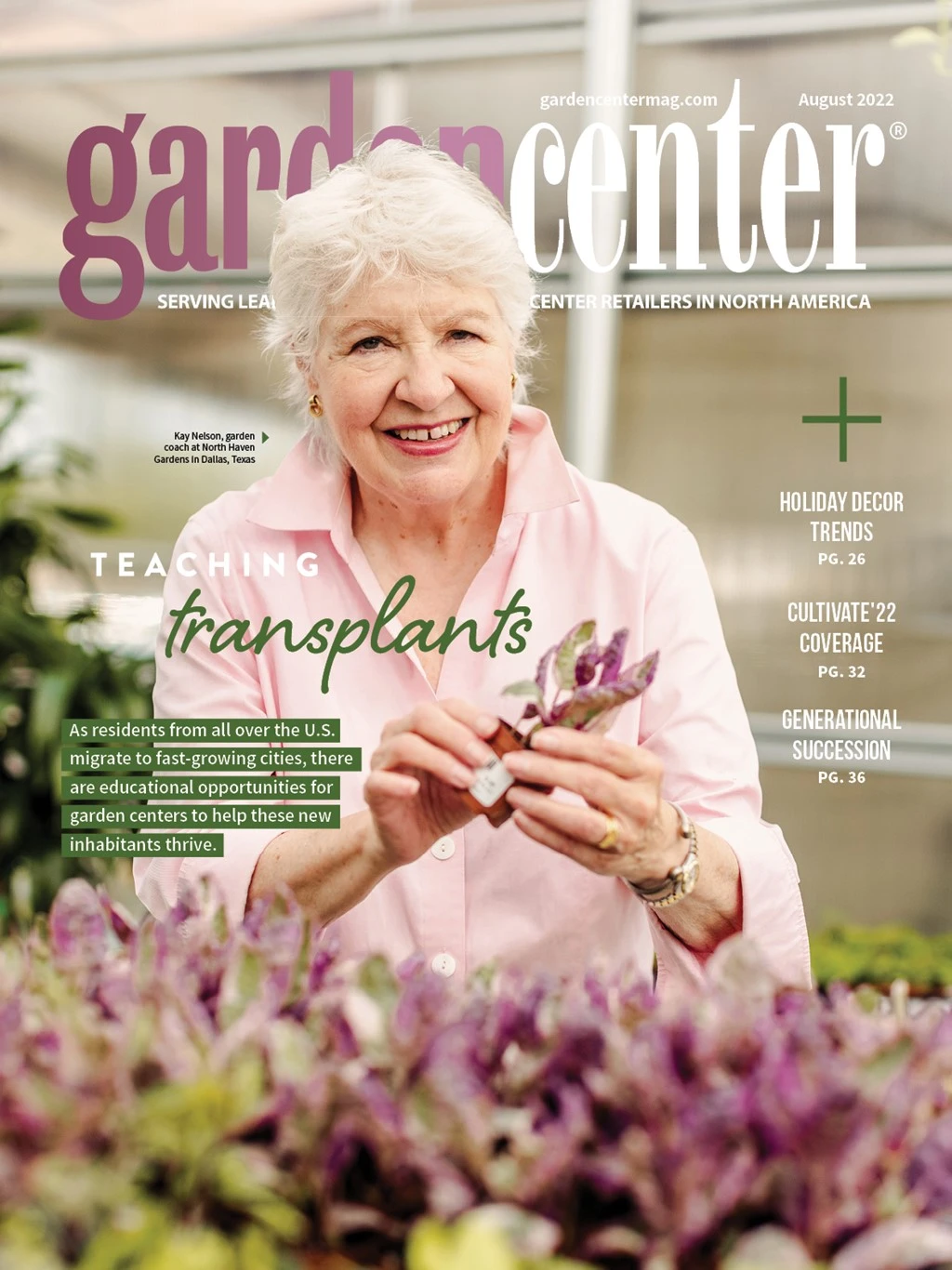
Explore the August 2022 Issue
Check out more from this issue and find your next story to read.
Latest from Garden Center
- Influencers in the aisles
- Voting now open for the National Garden Bureau's 2026 Green Thumb Award Winners
- Master Nursery Garden Centers launches new Bumper Crop Organic Raised Bed Mix for home gardeners
- New Michigan box tree moth alert available in English and Spanish
- The Growth Industry Episode 8: From NFL guard to expert gardener with Chuck Hutchison
- [WATCH] Beyond the holidays: Finding success with unique seasonal events
- How Peconic River Herb Farm became a plant retail destination
- Roots of the cool
